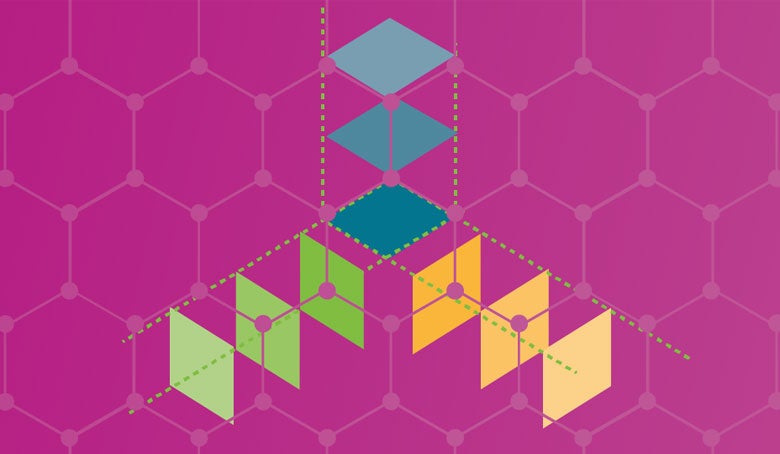Is your university looking to understand published engineering output in order to support the research, identify research opportunities or identify collaborators? Tim Aitken, Senior Product Manager for Inspec at the Institution of Engineering and Technology (The IET), recently presented Three Ways of Looking at the Global Engineering Landscape, a Library Journal webinar sponsored by EBSCO and The IET.
Tim looks at engineering research from three perspectives:
- Research Directors and Senior Faculty
Research directors and senior faculty need to look at their institution’s published engineering output for strategic planning purposes and to assess impact. - Information Professionals
Identifying quality resources to support the institution’s research is a perennial challenge for information professionals. - Researchers
The researcher is blending discovery, research and analysis and may be looking for opportunities to collaborate, surveying journals in their field, seeking authors to follow and trying to uncover funding opportunities.
The IET’s vision is to “share knowledge that helps make better sense of the world in order to solve the challenges that matter.”
The IET’s vision is to “share knowledge that helps make better sense of the world in order to solve the challenges that matter.”
The Role of Scholarly Societies
The IET has found that scholarly societies are “identified as potential partners in a changing world of discourse.” The IET’s vision is to “share knowledge that helps make better sense of the world in order to solve the challenges that matter.”
Having classified published engineering literature for fifty years, The IET was uniquely positioned to develop new ways to look at the world’s engineering literature. Inspec covers more then 28,000 organizations, 3,500 subject classifications and 9,900 control terms.
Inspec Analytics
Enter Inspec Analytics — a simple but sophisticated tool that uses the content within Inspec to enable:
- The Research Director to identify areas of strength and weakness for the institution to a very granular level, spot collaborators and identify “white spaces” — those areas of opportunity where no one is publishing
- The information professional to identify the best cited resources in order to develop the institution’s collection and understand areas that are trending
- Researchers to identify top organisations & authors, publications, related subjects & keywords for more detailed document searches and subject analyses so they can match their own specialities to identify where their research would be most impactful
Watch the webinar to learn how to assess your institution’s engineering impact using Inspec and Inspec Analytics. Inspec Analytics is available to those institutions who subscribe to Inspec through EBSCO.
